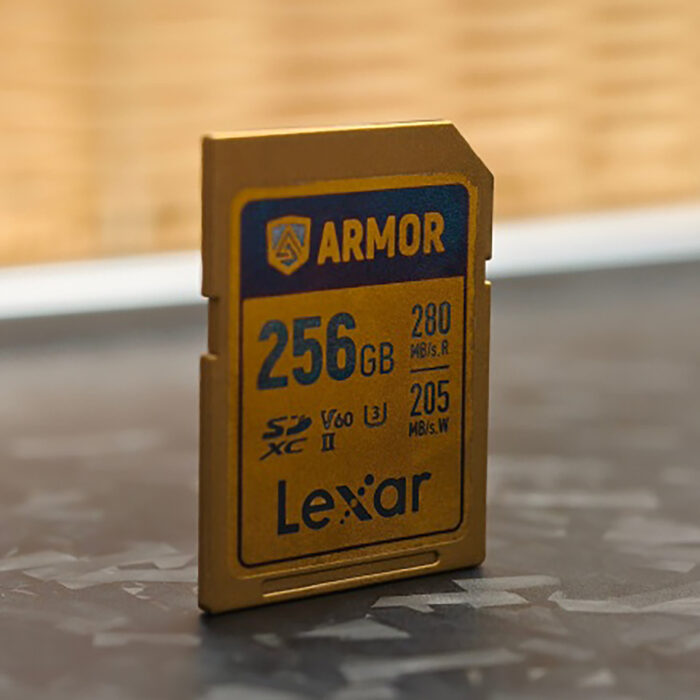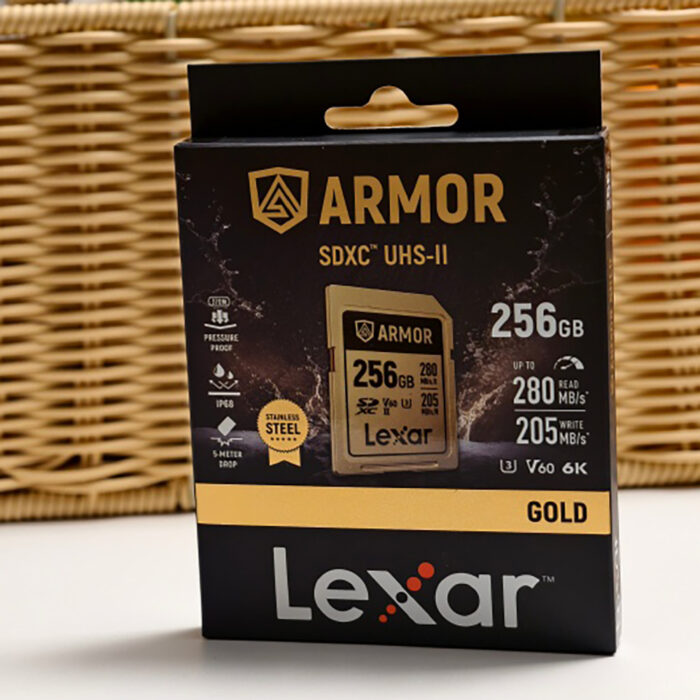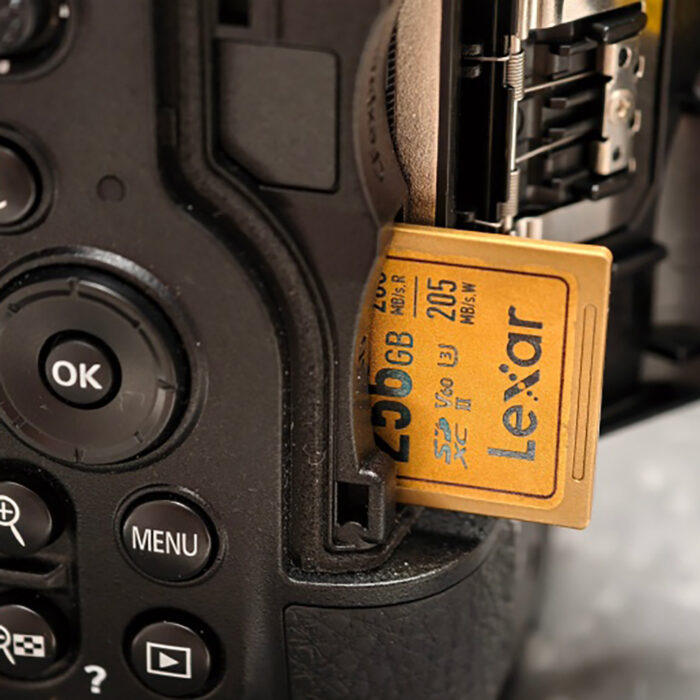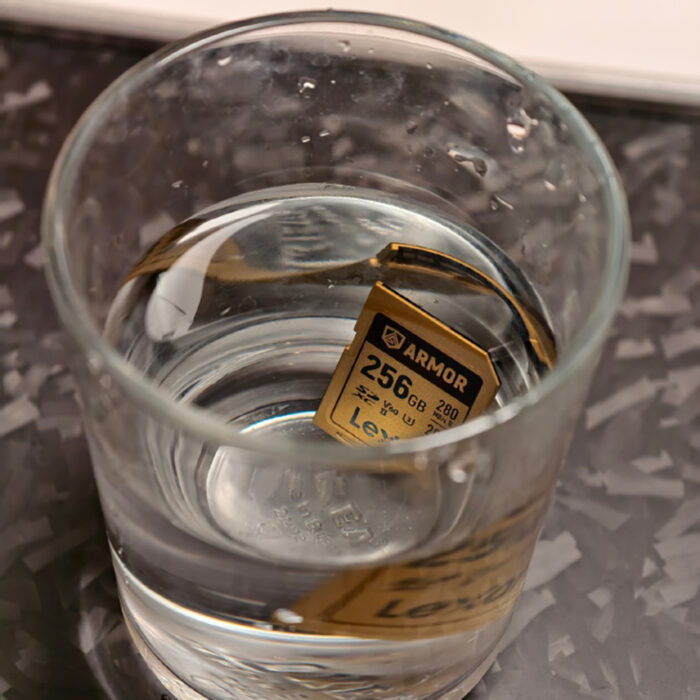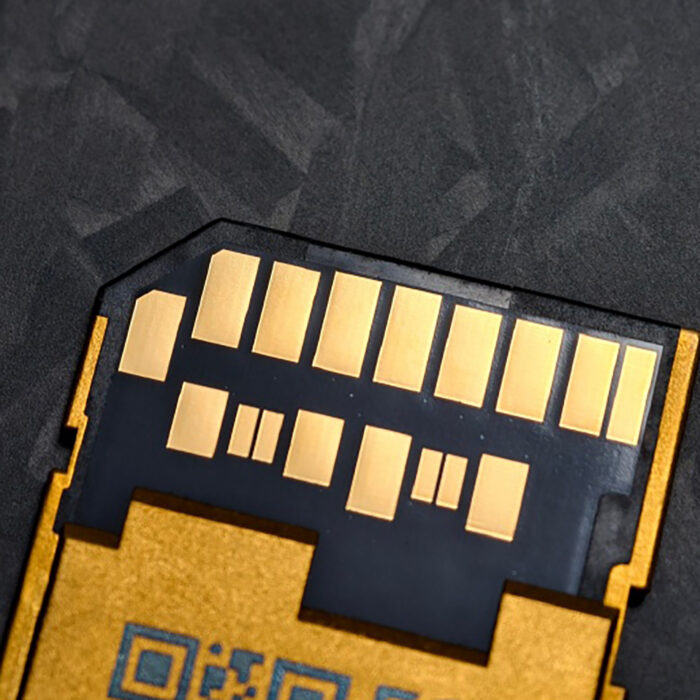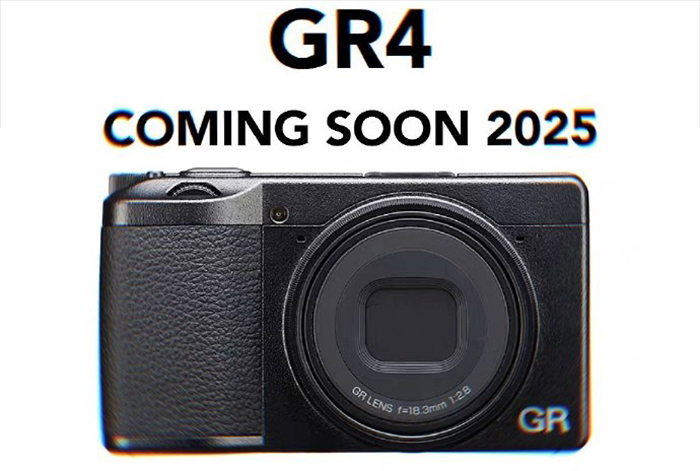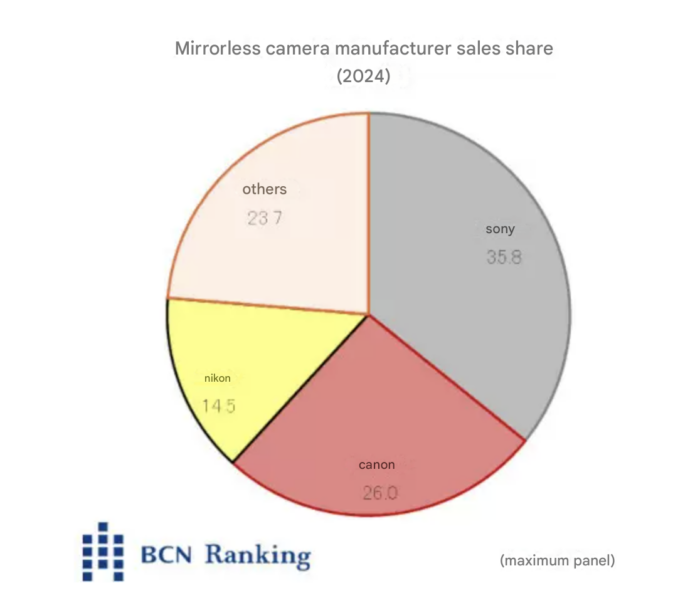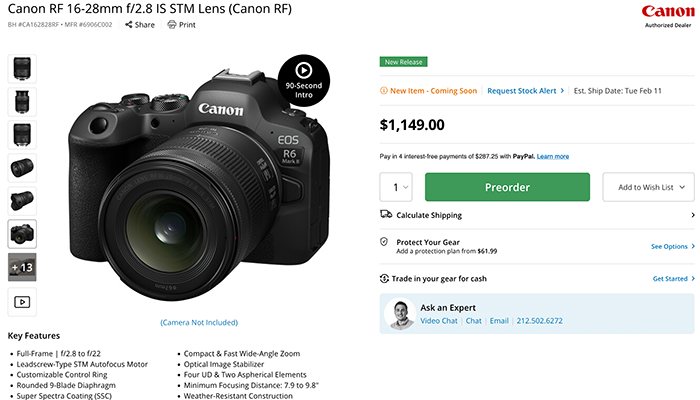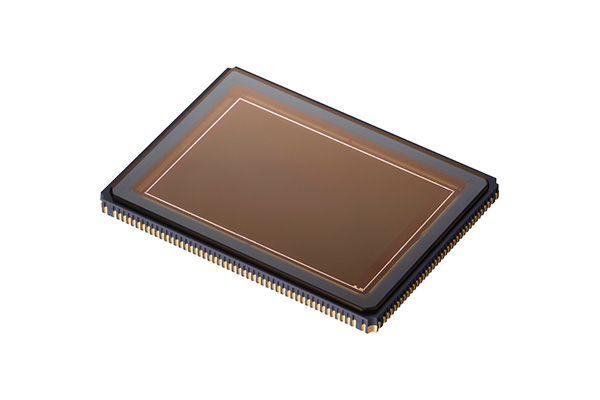Camera Predictions 2025 – BMD, Canon, DJI, FUJIFILM, Nikon, Panasonic & Sony? CineD
This week, Johnnie and Nino dare a long, hard look into the crystal ball to speculate and ponder about the cameras and lenses that they expect to be released in 2025. What are the big news we expect from Blackmagic Design, Canon, DJI, FUJIFILM, Nikon/RED, Panasonic, Sigma, and Sony?
